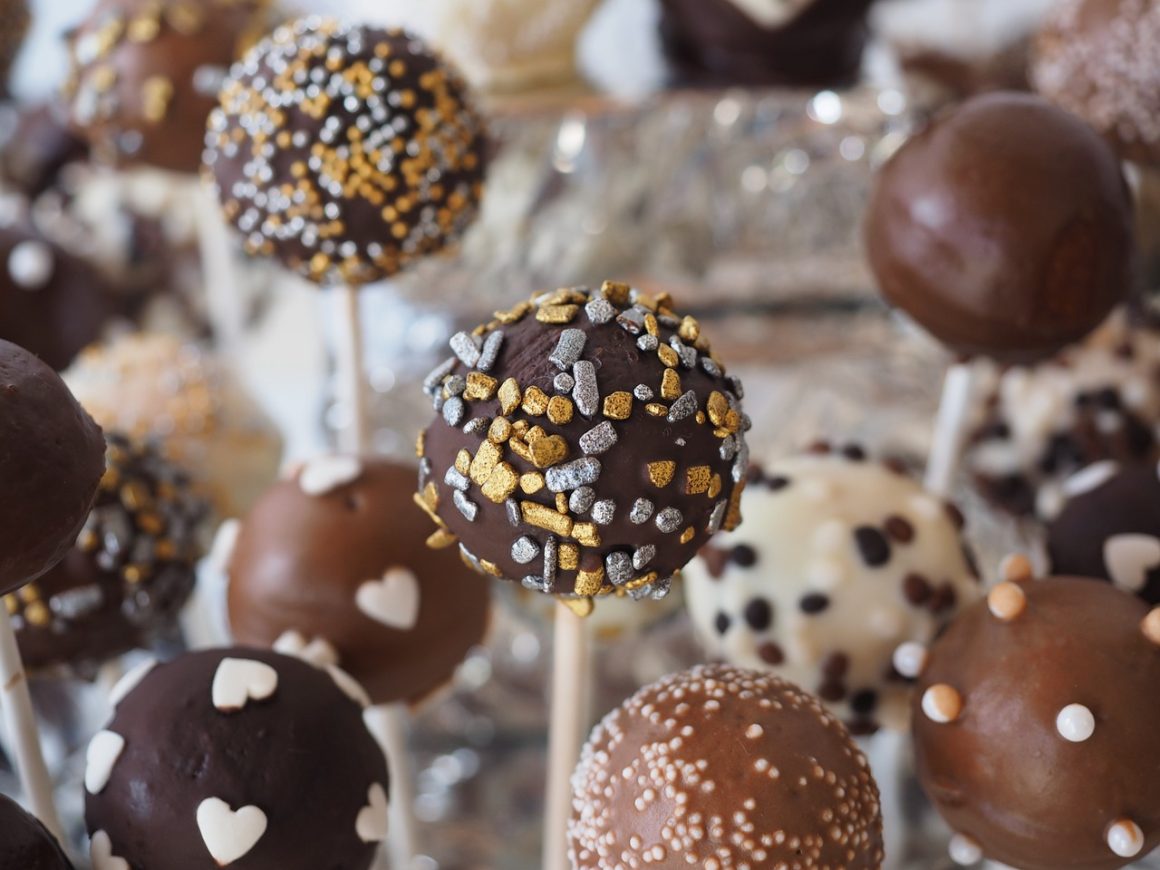Making candy from scratch goes a lot smoother if you keep track of your treatment’s cooking temperature.
Candy thermometers measure temps of up to 400 degrees Fahrenheit. It’s used for a range of delicacies like praline, brittle, fudge, and toffee. And for sound results, you’ll need to know how to calibrate a candy thermometer.
What is a Candy Thermometer?
In the kitchen, a smart cook will make use of a thermometer. There are two types. Cooks are familiar with meat thermometers. The candy thermometer may be a tool utilized by the cook who’s done a little more exploring in the kitchen.
While there are stories of cooks using meat thermometers for all things, the truth is the two instruments are not created equal and are not necessarily interchangeable. Each has a unique function.
Meat Thermometer
Meat thermometers manage a lower range than their candy counterparts. That’s about 200 degrees Fahrenheit, half that of a candy thermometer. Meat thermometers come into play when preparing large cuts of meat and heat has to impact from skin to center.
As any cook (or eater) can tell you, this isn’t always an easy task. The savvy cook has learned whether they’re preparing a whole roast chicken or a spice-rubbed tenderloin, having a thermometer around is a smart move.
Candy Thermometer
Candymakers may not be roasting a slab of pork, but knowing precise temperatures is the only way to manage the outcome of candy.
As stated earlier, these instruments measure temperatures up to 400 degrees Fahrenheit. They can be put into play when creating caramel sauces or when deep oil frying. (Oil frying is when your candy thermometer may step into other realms besides sugary delights.
Fried okra and fried chicken are just two foods where knowing the exact temperatures is a boon. If temps are too high, you know what happens, and happens fast. Too low, on the other hand, and oil will overwhelm the food and taste greasy.)
We admit and said before, that it’s not unusual for a cook to swap out a thermometer for meat or candy. This is not the best idea. The candy device is designed specifically to manage the temperature of hot oil and hot sugar. It’s long and narrow.
Meat thermometers are shorter and the range is nowhere near as high as its candy rival — nor does it need to be. Also, the meat device has a pointed end so it can be inserted into cuts of meat or chicken. Candy thermometers have rounded ends.
There are types of candy thermometers. The most common is the bulb. These are the most vulnerable. Glass stems can be hard to read and the glass body breaks easily.
A dial can require careful watching. Stages you need to be aware of (midpoint temps, softball, hardball, etc.) often are not accurately marked. Not surprisingly, digital models can be expensive. They can also be top-heavy and you need one that clips securely to pots.
How Do You Calibrate a Thermometer?
You should calibrate your thermometer frequently as age and use can impact its performance. Now, an instrument being a few degrees off isn’t a crisis, but only if you know the defects are there. Cooking the perfect treatment can be screwed if your thermometer registers 248 degrees Fahrenheit when you’re looking for 240.
What to Do
Grab a medium-sized pot and fill it with water, enough so that the thermometer ends up submerged at least 2”. (Some packaging may suggest differently, but this should be sufficient in most circumstances.)
Place your candy thermometer in the pot according to the manufacturer’s instructions. The instrument mustn’t be touching the side or bottom of the pot. This can create a higher reading than you’re looking for.
Start heating the pot.
Once the water’s boiling, leave it alone for an average of 10 minutes. You may find resources that suggest half that time. This is certainly something you can consider. What’s important is that when you calibrate, always make use of the same amount of time — and that water is thoroughly boiling — to avoid misreadings that throw off cooking.
At the appropriate time, read the thermometer. Eye level is best for rising gauges like glass bulbs. Write down the number. It’s the temperature at your thermometer that recognizes boiling points.
In case you weren’t aware, high in the mountains, near sea level, or on flat land, peak temp for boiling differs depending on geography. Check out a chart for regional altitudes of water boiling points.
At higher altitudes, for any recipe temperature, you should subtract two degrees for every 1,000 feet you’re above sea level.
It’s okay for your thermometer to be a few degrees off the desired reading. (i.e., if you’re looking for 215 after 10 minutes of boiling, you’re fine with 218 or 212 degrees, depending on the reading being too high or low.)
If you find the temperature readings don’t match standard regional boiling point measures, this doesn’t mean your device is useless! (Unless it’s off by a significant number.) This means you have to alter your thinking and process in the recipe, safely using the aforementioned adjustment at the beginning of this paragraph.
If you find your thermometer is off, do a calibration several times just to make sure it’s consistent. If you’re getting completely new numbers over short periods, it’s time for a new thermometer.
- Candymakers should test a good cook thermometer regularly. This is vital if you want your candy-making to not just be phenomenal, but consistent.
- If for any reason you find temperature readings to be drastically askew, assume the device is no longer reliable.
- When cooking at high altitudes, calibration is critical. Boiling water temps change depending on altitude and your recipes will suffer if you don’t take this into account.


